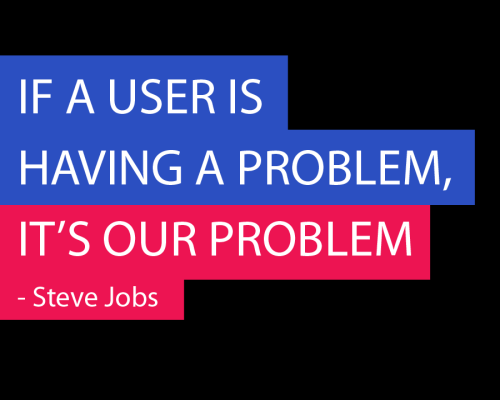I'm gathering some ideas and notes for a presentation on responsive design and I really appreciated this from Brad Frost:
Follow this rule: Don’t penalize users for visiting your site on smaller device. It’s a myth (PDF) that mobile users don’t want/need certain information. Mobile users will do anything and everything a desktop user will do, provided it’s presented in a usable way.
Our students have told us for several years that they use their mobile device mainly for quick information – not for detailed searches. But I've really started to question that as my own web habits have changed over the years.
I'm constantly moving between devices during the day but unless I'm specifically working on a project at my desk, I'm most often browsing and reading information on my phone or tablet.
I'm not going to carry my laptop with me to the break room and I usually don't pull my laptop out much away from the unless I'm doing a lot typing (I'm typing this on my laptop). If I’m at home my laptop is most likely in my bag or docked in my docking station on my desk.
But you can bet I have my phone with me 95-percent of the time and I'll pull it out constantly to view information relevant to what I'm doing.
So while I can look at our stats and see our bounce rates for screens with smaller resolutions remains high in comparison to larger resolutions, I've questioned if it's really the users' preferences or issue with our site.
What say you?
Do you use your phone, tablet or a laptop/desktop most when you're away from your desk?
